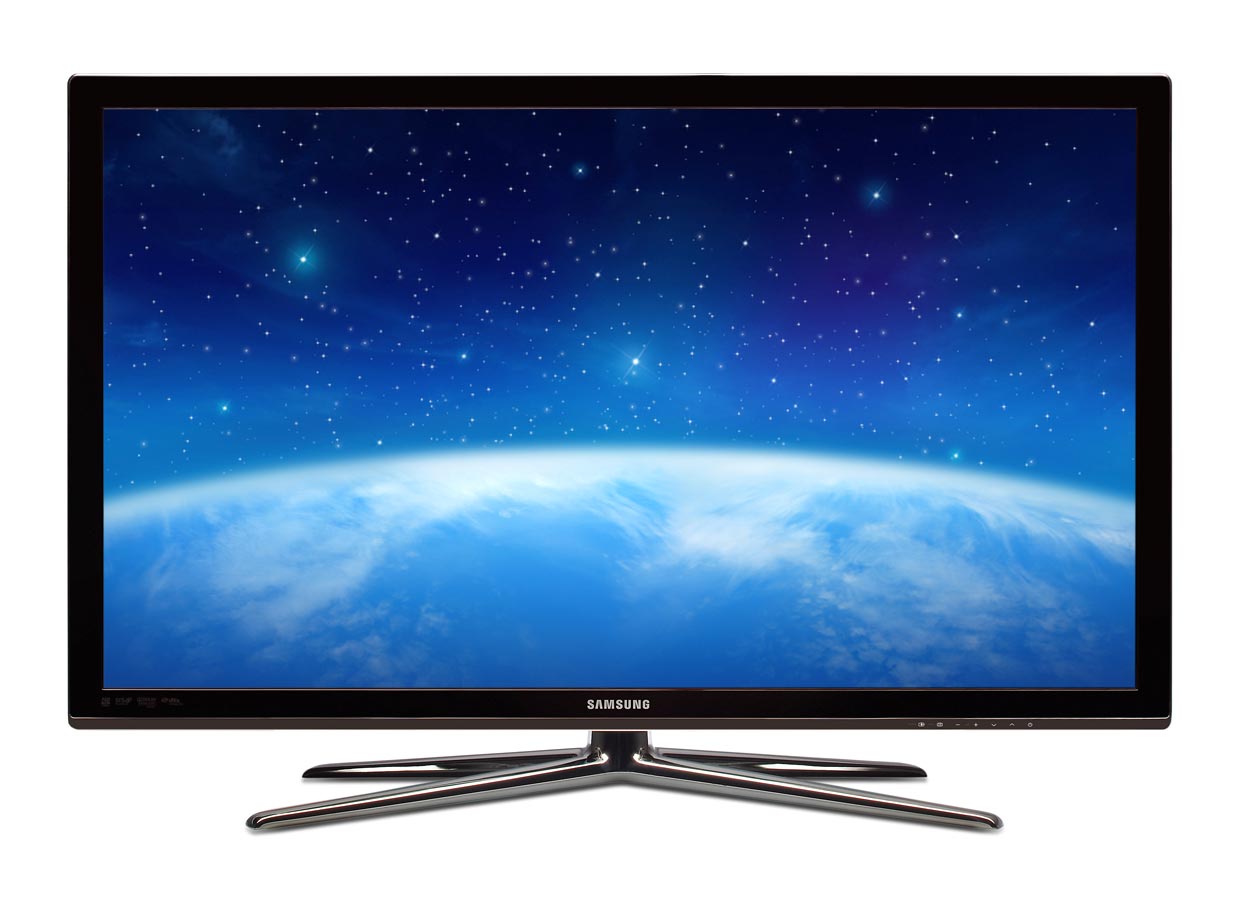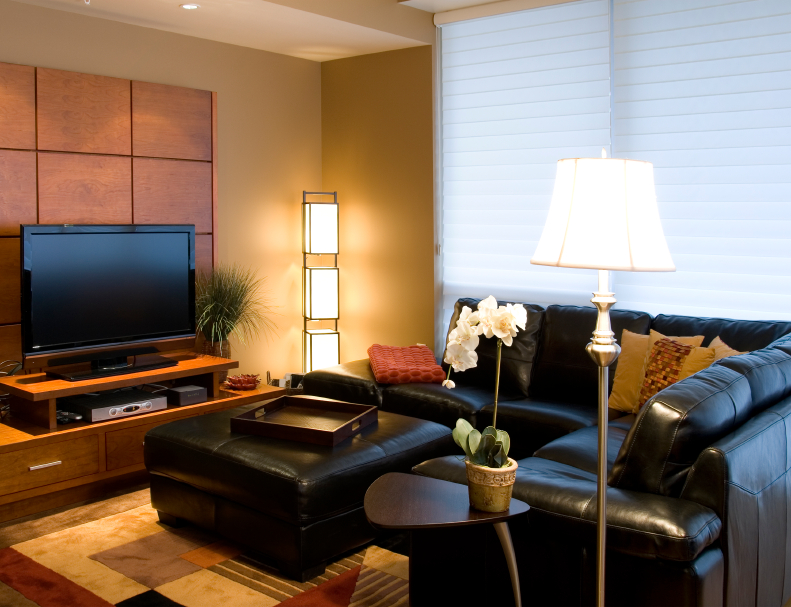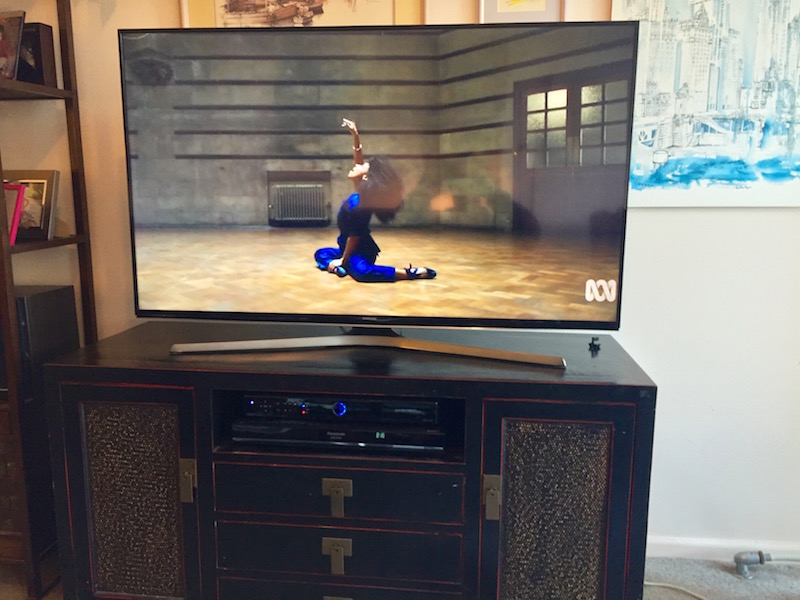Buying a New TV
Shopping for a new television can be quite confusing, even for the most savvy shoppers. TV manufacturers, retailers and salespeople can create more uncertainty as they push extra features, new technologies, and add-ons in the pursuit of profit.
This blog will hopefully ease the confusion when you try to select a new television. I will not be able to answer every question or tell you the perfect TV to buy, but hopefully you be more informed on what TV to buy.
Three rules for buying a TV:

1. Picture quality is not determined by the published specs
As a rule of thumb, the main purpose of a TV’s specification sheet is to bombard you with confusing numbers in an attempt to get you to “step up” and buy the more expensive version. Just about the only worthwhile numbers are found under Inputs and Weight/Dimensions.
Contrast ratio is basically a lie, refresh rate (120Hz, 240Hz, 600Hz, etc.) is complex and ultimately subjective, seemingly related numbers like “CMR,” “TruMotion,” MotionFlow,” SPS” and the rest are fake, and LED does not mean a better picture.
(Rather than rely on the spec sheet to provide hints on which TV will perform better than another, my advice is to simply ignore it. The sheet can help when trying to differentiate a TV based on features, such as whether it has Smart TV or a fancy remote, but it’s useless at best and outright misleading at worst when used as a tool for divining picture quality.
2. Bigger really is better
I recommend a size of at least 32 inches for a bedroom TV and at least 46 inches for a living room or main TV — and 55 inches or larger is best.
In fact, more than any other “feature” like Smart TV, 3D or higher refresh rates, stepping up in TV screen size is the best use of your money. One of the most common post-TV-purchase complaints I’ve heard is from people who didn’t go big enough.
3. Consider plasma

In case you haven’t heard, Panasonic, the industry leader in plasma TVs, will stop making them altogether soon. I would buy one now while they are still available.
It may surprise you, but plasma TVs generally provide better picture quality for the price than LCD TVs — including so-called “LED TVs.”
One reason people avoid plasma TVs is their reputation for burn-in, where an image “sticks” permanently on the screen. But if you watch TV or play video games like any normal viewer, then burn-in simply isn’t a problem. In addition, the lifespan of plasma TVs is just as long as that of their LCD counterparts.
Another reason is that people perceive plasma as “old” and LCD, especially those with LED backlights, as “new.” Plasmas usually do look a bit chunkier than especially the thinnest LED models, but both are mature technologies, and stylish, thin plasmas are common today.
There are a couple of exceptions that don’t apply to most people. The first is that we don’t recommend plasma for very bright rooms. By “very bright,” think huge windows along more than one wall or sunlight shining directly on the screen (not a good idea for any TV). For the vast majority of normal rooms, plasmas have plenty of light output. But for those extremely bright situations, LCD TVs, which can get a lot brighter than plasmas especially at large screen sizes, are the better choice. If you’re unsure whether your room is too bright yet still want plasma, the only way to be sure is to bring one home for a trial–just make sure you buy from a retailer with a good return policy.
I consider the best picture quality for the money a sort of holy grail in the quest for a new TV. It’s still consistently the No. 1 thing TV shoppers cite as important to their buying decision. If you don’t place as high a priority on picture quality, you’ll get the best value by simply sorting a list of TVs by price and the screen size you want, choosing the cheapest from a brand you trust, and calling it a day.
Unfortunately, picture quality is also the most difficult thing to judge for yourself without actually buying the TV and taking it home (and even then it might be tough!). It’s dependent on numerous factors, including source quality, room lighting, and picture settings, that can affect the “true” potential of the TV itself.

Here are some things to consider:
- A good picture is one that reproduces the incoming source as closely as possible without “improving” color, smoothness, or other characteristics.
- Plasma TVs come closer to this ideal than LCDs, especially for viewers who aren’t sitting in the sweet spot directly in front of the screen.
- LCD TVs can get brighter, but plasmas are bright enough for all but the most sun-drenched rooms.
- LED-backlit LCD TVs with local dimming, whether edge-lit or full-array, often out perform those without.
- Screen uniformity is a problem for LCD TVs, but not for plasmas.
- The ability to produce a deep shade of black — which translates into high contrast — is the most important ingredient in a good picture.
- Color saturation, which is directly influenced by contrast/black level, is second-most important, followed by color accuracy.
- In a bright room matte screens are the best overall at reducing reflections. The best glossy screens preserve black levels well.
- Less important factors include video processing (120Hz, 240Hz, etc), maximum light output, and display resolution (1080p, 1080i and 720p).
These are generalizations only, so it’s common enough to find TVs that violate them. Many LED-based LCD TVs can outperform many plasmas or have excellent uniformity, models with local dimming can look worse than those without, wildly inaccurate color can look worse even if its saturation is correct, and a TV with deep black levels can still perform worse overall than one with brighter blacks.
In sum, picture quality is more complex than just counting pixels or reading a spec sheet, and your best bet is to read reviews
Extras beyond picture quality
On one level, I don’t consider any of these extras necessary or even all that important. On the other hand, they’re often found on TVs that have better picture quality and cost more money.
Smart TV

Since you can connect a $109 Apple TV, $150 Blu-ray player $200-$300 game console, or any number of other devices to make any TV “Smart” — in the sense that you get access to Netflix, Amazon Instant, and the rest — the “apps” on TVs are often redundant.
3D
The main thing you need to know is that every 3D TV is also perfectly capable of playing 2D content, too, so we prefer to think of 3D as an extra feature as opposed to a separate type of television. It’s also largely unnecessary. Lack of content is king; most people with 3D TVs never use the 3D feature.
Remote controls

I find with remote controls is that you want big numbered buttons and it is easy to use and that can easily change between inputs. These fancy remotes with touch pads and gesture controls are a waste of time. Most of the time for my older clients I cover up all the unused buttons anyway!
Connectivity

This one has gotten easier as important inputs have dwindled to one kind: HDMI. Just count the number of devices you’ll want to connect, and make sure your TV has at least that many HDMI inputs (or one or two extra if you’ll be expanding). USB inputs and/or an SD card slot are nice for displaying photos too. I would also make sure it has at least one of the older analog inputs (yellow, red and white) incase you want to connect an older DVD, VCR or Wii etc.
Thin styling
For better or for worse, a TV is a piece of furniture and the big screens can dominate a room even when turned off. That’s why TV makers, led by Samsung again, have concentrated on making their sets thinner and less intrusive. The best examples have frames so thin they look like almost all picture, and when seen from the side, or hung on a wall, the thin cabinets almost disappear.
What’s the best TV for gaming? What about sports?
Trick question! I believe the best TVs for watching pretty much anything are the TVs with the best black level, color, and other standard performance characteristics. Motion resolution isn’t a major concern since most blurring on TV sporting events is inherent from the input source.
How long will my new TV last?
The short answer is “it should last a very long time.” My guess 7-10 years
Can I use my TV as a computer monitor?
Yes you can, and it should work very well. In general LCDs are best for TVs that will undergo heavy monitor use.
What about new technologies like OLED and 4K?
They’re new and extremely expensive, so we don’t recommend investing in either one yet unless you have money to burn. They’re also very different.
OLED is a type of big-screen display technology, separate from LED LCD and plasma, that can produce the best picture quality yet and allow even thinner panels. Unfortunately it also has plenty of problems, the first being that it starts at $9,000 for a 55-inch screen — and likely won’t get cheaper very fast.
4K, or Ultra High Definition, is new resolution that has four times as many pixels as today’s 1080p TVs. All current 4K TVs use LED LCD technology, which means they’re a lot easier to manufacture than OLED. They’re still very expensive though; as of September 2013, the cheapest 4K TV from a major brand costs $3,500. It’ll be at least another year before prices fall enough that we recommend 4K TVs to normal buyers, and even then the extra resolution is wasted at typical screen sizes and seating distances. That’s one reason why we think 4K TVs are stupid.
For any more advice give Peter from “That TV Guy” a call on 0401 202 087, visit the website or send an email.












